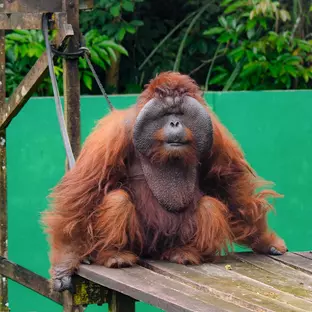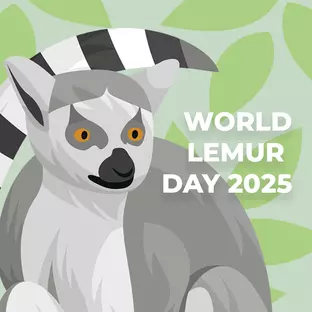Whilst they are one of the majestic and beautiful animals alive today, the majority of people know very little about White Lions. These mysterious animals have captivated people the world over, but due to their rarity not a lot is known about them. That is why, alongside the launch of our new White Lion Project over in South Africa, we are going to bring you the answers to some of the most frequently asked questions about White Lions!

Where do white lions come from?
White lions naturally occur in a very specific range in South Africa, between the Greater Timbavati and the Southern Kruger National Park.
How many white lions are left?
Currently, according to the White Lion Trust, there are only 13 white lions remaining in the wild.
Are white lions albino lions?

This is a common misconception, but no, white lions are not albino. Back in 1997, a study by Cruickshank and Robinson conclusively discovered that white lions cannot be classified as albino. White lions have a blue or gold colouration in their eyes, black features on the tip of their nose, and even an “eye-liner” type marking around their eyes. By comparison, albino lions lack any pigmentation at all, and they have a characteristic pink or red colouration to their features.
The white colouration in white lions is due to a recessive gene, similar to that of humans who have blue eyes!
Are white lions currently classified as endangered?
It may seem very strange to hear, but white lions are currently not classed as an endangered species. Even though there are only around 13 of these incredible animals remaining in the wild today, due to the fact that they fall under the same species as ordinary tawny lions (just with a recessive gene as mentioned above), they are currently classed as “vulnerable” only.
It is for this reason why the white lions are not currently protected and can be hunted and traded to extinction.
What is being done to help the white lions?

The Global White Lion Trust is aiming to re-establish white lions within their natural distribution range in the wild once again. This is being done by taking a holistic approach; looking after the lions, the surrounding area, and the people who live alongside these beasts.
The GWLT also initiated a ground-breaking piece of research into identifying the genetic marker for the white lions. This will then enable them to better understand the frequency of the white lion gene in the lion sub-populations of Timbavati and the Southern Kruger National Park. From here the Trust will be able to protect the lions which carry the gene to hopefully ensure that these amazing animals will be around for generations to come.
Every effort is being made to preserve the white lion before it is too late, and if this is something you are interested in then please don’t hesitate to get in touch and find out a little more about the project.














